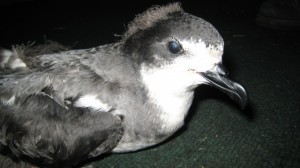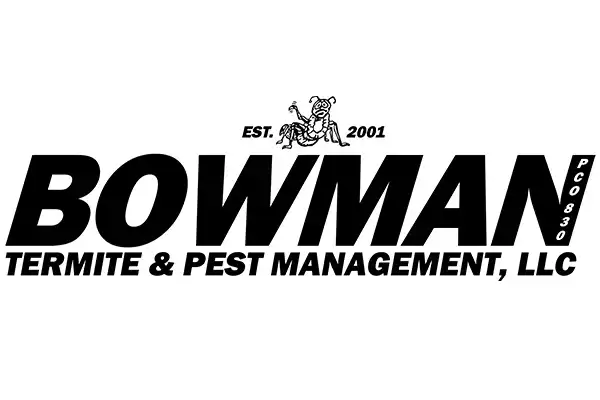Biologists Ask for Public Help as Endangered Seabirds Leave Nests
Biologists from Haleakala National Park and the State Department of Land and Natural Resources are seeking the public’s help in reporting grounded seabirds that may become disoriented by artifical lights.

Photo Courtesy Haleakala National Park: This 'ua'u (Hawaiian petrel) was grounded at Kahului Harbor October 2008. It's leg was broken, probably from hitting the ground. The bird received medical treatment, was successfully rehabilitated and released.
In October and November of each year, young seabirds leave their nests to fly to ocean feeding grounds for the first time in their lives. The endangered ‘ua’u (Hawaiian petrels) and the non-endangered ‘ua’u kani (Wedge-tailed shearwaters) leave their nests at night and are thought to use stars to navigate. The birds sometimes become disoriented by lights from land, fly in circles around the lights, become tired and fall to the ground. These “grounded” seabirds are often found on the ground in areas with bright lights such as hotels, golf courses, stadiums and yards lit by floodlights. Most of the grounded birds are found during dark, cloudy nights or nights of the new moon. Lights from land look more like stars during these dark nights then during nights when the moonlight brightens the night sky.
Every year the public plays an important role in protecting these native birds by reporting any seabirds that become grounded. Biologists are again requesting help from the public in protecting these birds. Anyone finding a grounded seabird are asked to do the following:
1.   Protect it from hazards such as cars, dogs and cats. Place it in a covered, well-ventilated cardboard box and keep it in a cool or shaded place. Do not give it food or water. Be careful when handling the bird. It may bite.
2.   Call the toll-free number, 1-866-428-6911 (Haleakala National Park Dispatch). Please provide your name, phone number, when and where the bird was found and any other pertinent information.
3.   Please do not release the seabird by yourself. Trained wildlife specialists will inspect the bird for injuries and release it safely.
‘Ua’u are black-and-white seabirds with black, webbed feet. They measure approximately 16 inches from beak to tail and have a wingspan of about three feet. These endangered native birds, found only in Hawai’i, nest on the slopes of Haleakala¯. About ninety percent of the known ‘ua’u population nests within Haleakala¯ National Park.
‘Ua’u kani (wedge-tailed shearwaters) are gray and white seabirds that look similar to the ‘ua’u. They measure about 17 inches from beak to tail and have a wingspan of 38 inches. ‘Ua’u kani nest at lower elevations on banks and cliffs near the shore with numerous colonies along coastal areas of Maui and on offshore islands.
Maui Electric Company (MECO) partnered with Haleakala National Park, the State Division of Forestry and Wildlife and the County of Maui to develop a brochure with instructions on what to do if you find a grounded bird. That brochure was sent to MECO customers in the last billing cycle and can be found at www.nps.gov/hale/naturescience/animals.htm
The current ‘ua’u population is estimated at 2000 individuals. The ‘ua’u kani population is unknown, but is much larger than the ‘ua’u population. Both of these native birds are threatened with extinction by habitat loss and predators such as feral cats, dogs, mongooses and rats. The ‘ua’u is federally protected under the Endangered Species Act. All seabirds are federally protected under the Migratory Bird Treaty Act. Biologists extend their thanks to the public for their assistance in protecting these native birds.
(Posted by Wendy Osher; Information provided by Haleakala National Park)










